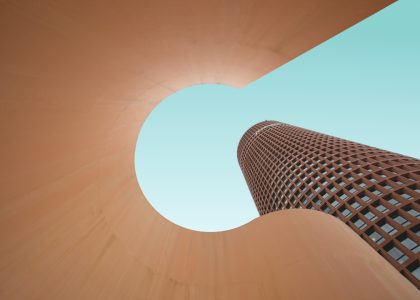Introduction
If you’re someone who loves keeping up with interior design trends, you may have heard of cocoon flos. Cocoon flos, also known as cocoon lamps, are a type of lighting fixture that have quickly gained popularity in recent years. In this article, we will delve deeper into the world of cocoon flos, exploring their origins, design, and impact on interior design.
Origins of Cocoon Flos
Cocoon lamps were first designed by George Nelson in 1947. Nelson was an iconic American architect and designer who was known for his innovative and futuristic designs. The cocoon lamp was a result of Nelson’s experimentation with materials and textures. He was inspired by the cocoons of silkworms and wanted to create a unique and artistic lighting fixture that mimicked the texture and appearance of cocoons.
The original cocoon lamp was made by cocooning a wire frame with a sprayed-on translucent plastic coating resembling the fine threads of a silkworm cocoon. The result was a unique, organic-looking lamp that was as stylish as it was functional. Cocoon lamps quickly gained traction in the interior design world, with many architects and designers incorporating them into their projects.
Design of Cocoon Flos
Cocoon flos are known for their distinctive design, made up of a cocoon-like shell encompassing a light source. The shell is usually made of a unique sprayed plastic coating that is applied using a technique similar to that used to create a cocoon. This results in a textured finish that is both visually appealing and functional.
The interior of the cocoon is illuminated by a light source, which can be LED, halogen, or incandescent. The light emitted by the cocoon lamp is soft and diffused, creating a warm and inviting atmosphere. The cocoon flos come in a variety of shapes, ranging from round to cylindrical. Some are suspended from the ceiling, while others can be placed on a table or floor.
Impact on Interior Design
Cocoon flos have had a significant impact on interior design in recent years. The unique design and warm illumination make them an ideal choice for creating a cozy and inviting atmosphere in any room. The variety of shapes and sizes available make them suitable for a range of interior design styles, from modern to traditional.
Cocoon flos are particularly popular in minimalist interior design, where their unique design adds a touch of elegance and simplicity. They are also ideal for creating a statement piece in a room, with their eye-catching design drawing attention to the light fixture. Cocoon flos can be used alone or in combination with other lighting fixtures to create a layered lighting effect.
Conclusion
In conclusion, cocoon flos are a unique and stylish lighting fixture that has gained popularity in recent years. Their exotic design, warm illumination, and versatility make them an ideal choice for interior design projects. As George Nelson once said, “Design is a response to social change.” The cocoon lamp was his way of responding to the world around him and creating something beautiful, functional, and timeless. Whether you are an architect, interior designer, or someone who loves interior design, the beautiful and fascinating world of cocoon flos is certainly worth exploring.

